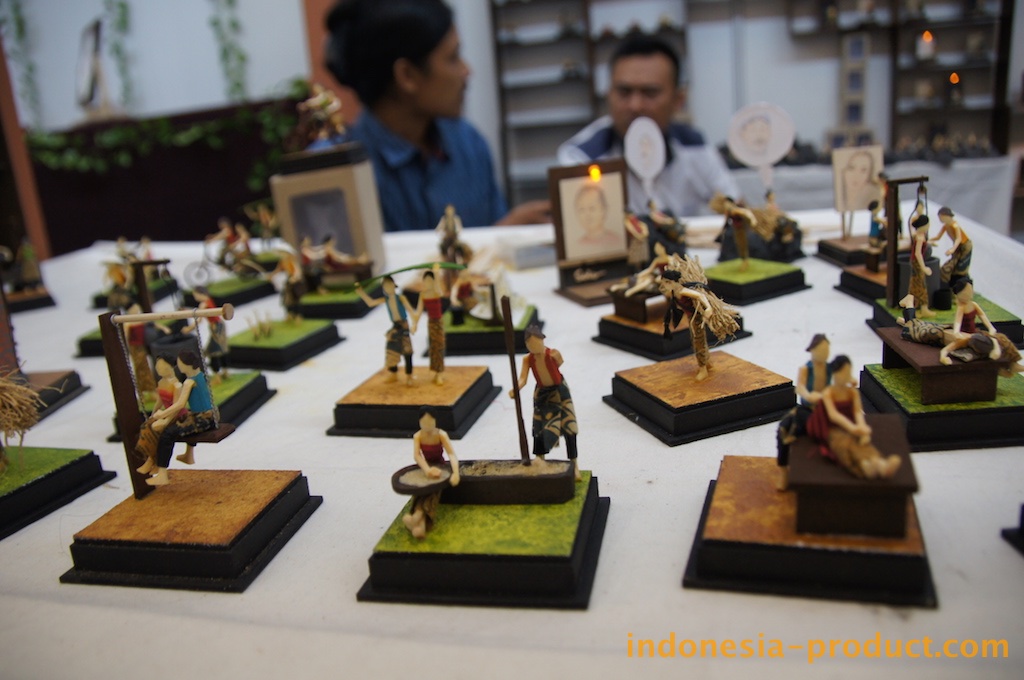Priority Sectors to Boost Philippine Labor Competitiveness Eyed
MANILA, Jan 31 Asia Pulse – The Philippine Department of Labor and Employment (DOLE) has revealed its 23 priority sectors for development from 2014 to 2010 to ensure the competitiveness of the country’s human resources in the local and global markets.
Labor and Employment Secretary Patricia A. Sto. Tomas said these are agriculture (including rubber) and fishery, tourism (including hotel and restaurant management), construction, information and communications technology (ICT), furniture and furnishings (including handicraft and wood carvings).
In addition, metals and engineering, health and social sciences, automotive, garments, electronics, decorative crafts (gifts, toys and housewares), land transport, processed foods and beverages, mining, decorative crafts like jewelry and ceramics, shipbuilding, maritime, wholesale and retail trading, heating – ventilation and air conditioning/refrigeration, electrical, logistics, and footwear were also given special focus.
This development is meant to ensure the competitiveness of the country’s human resources and equip them with capabilities to successfully clinch market-driven employment and entrepreneurial opportunities in the local and global economies.
Sto. Tomas added priority sectors have been earlier identified based on the Medium-Term Philippine Development Plan (MTPDP) based on technical criteria set by key government agencies vis-a-vis the inputs generated from the country’s regional and provincial areas.
These are singled out through a series of consultation processes using the “PSALM (or Policy-Oriented, Sector-Focused, Area-Based, Labor Market Driven) Approach” in response to the requirements for national and international
competitiveness based both on the MTPDP and the investment priorities set by the Board of Investments (BOI).
Crucially, they were also harmonized with prevailing priorities in the regional and provincial levels.
The sectors conform to the Philippine Standard Industry Classification (PSIC) both in the criterion of priority sectors as well as on critical skills, Sto. Tomas said.
Also, their selection considers the Employment Generation Capacity (ECG) set by the DOLE and at the same time, the Gross Value Added (GVA) criteria set by the National Economic and Development Authority (NEDA), she stressed.
Sto. Tomas said the process of identifying the national priorities, regional priorities and critical skills requirements also considered the inputs generated from six districts in the National Capital Region (NCR), four major cities (Baguio, Cotabato, Davao and Zamboanga cities), and the 79 provinces of the Philippines.
“Indeed, our national plan to boost the skills and competitiveness of the country’s human capital in the next five years hinges on a fine balance resulting in a wide range of in-demand and labor-market driven skills in which Filipino workers excel locally and globally,” Sto. Tomas said.
(PNA)





